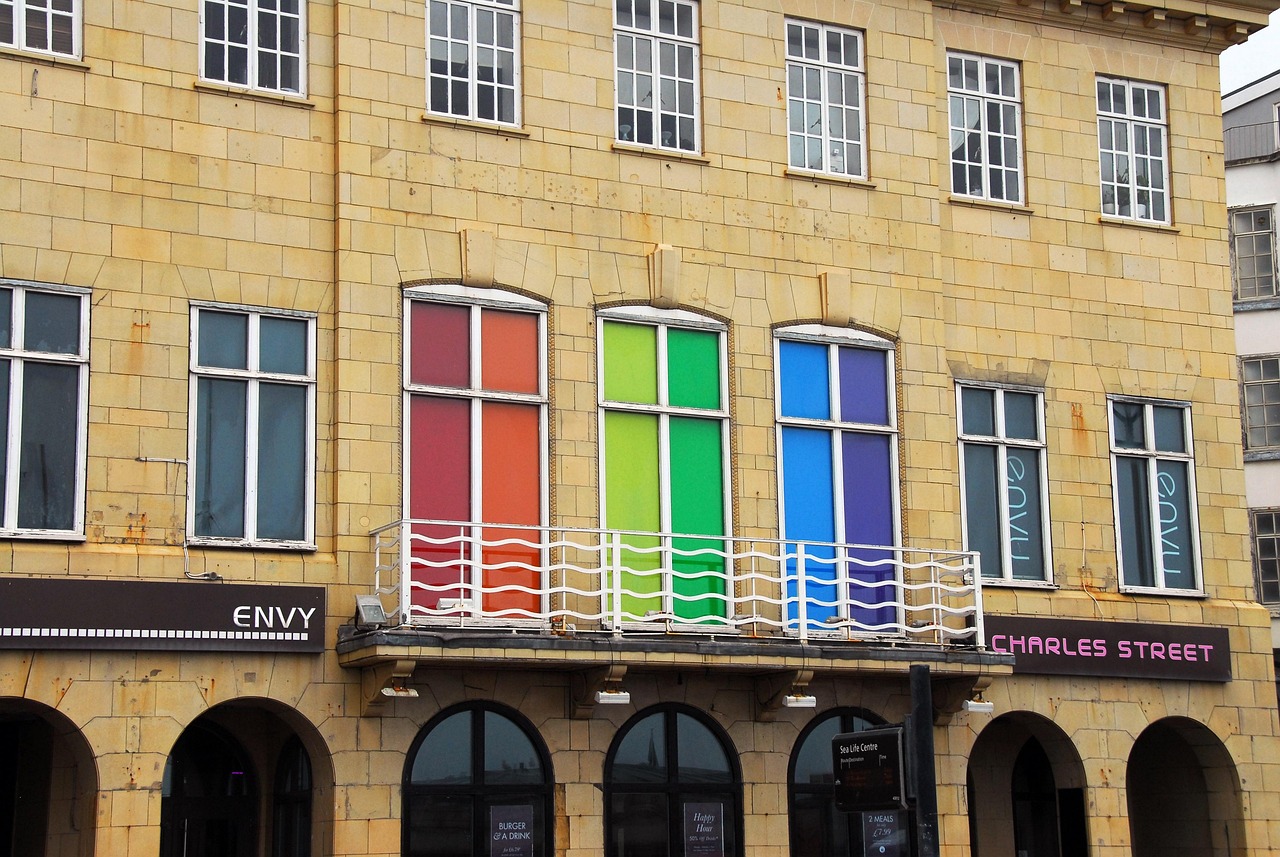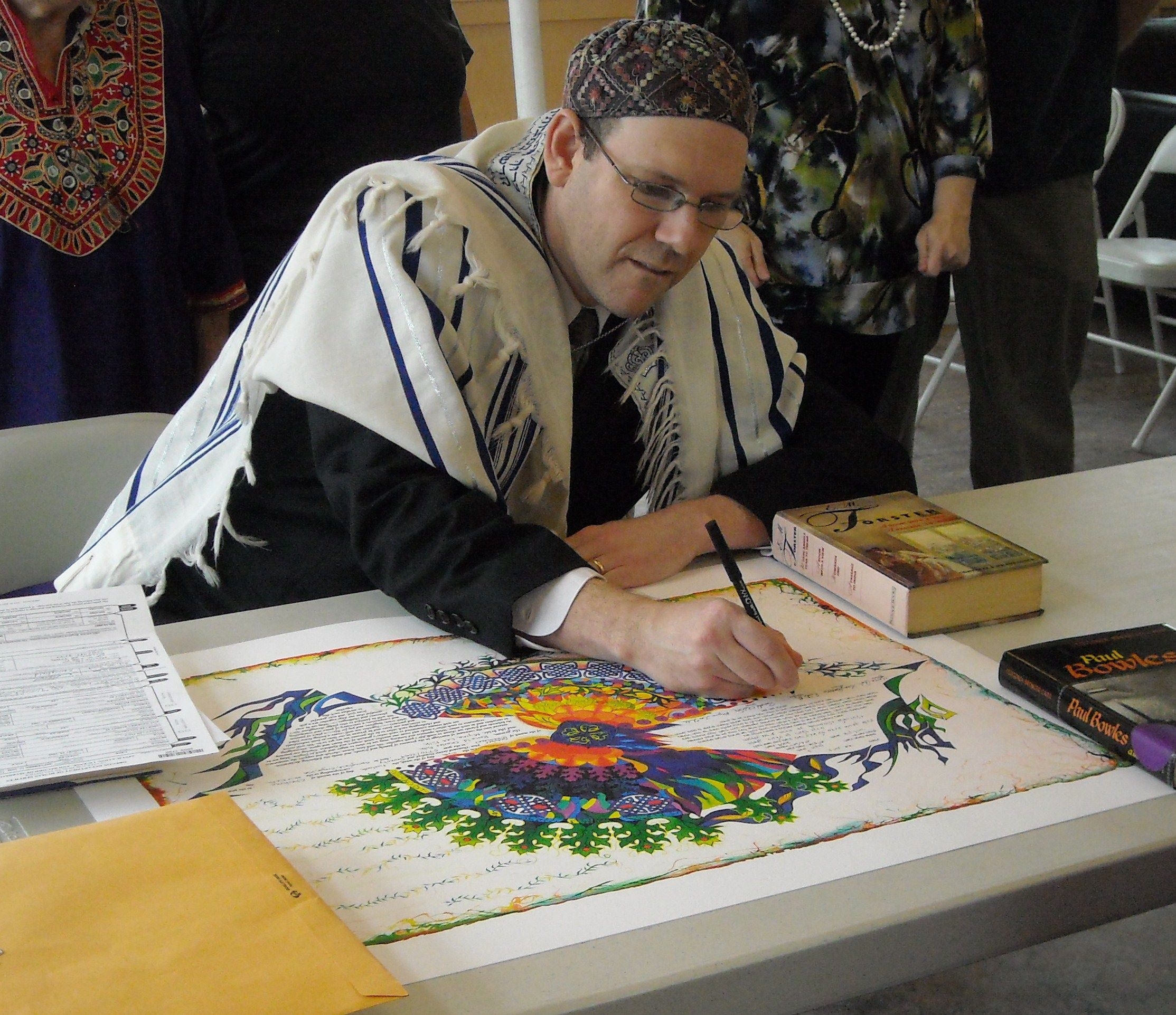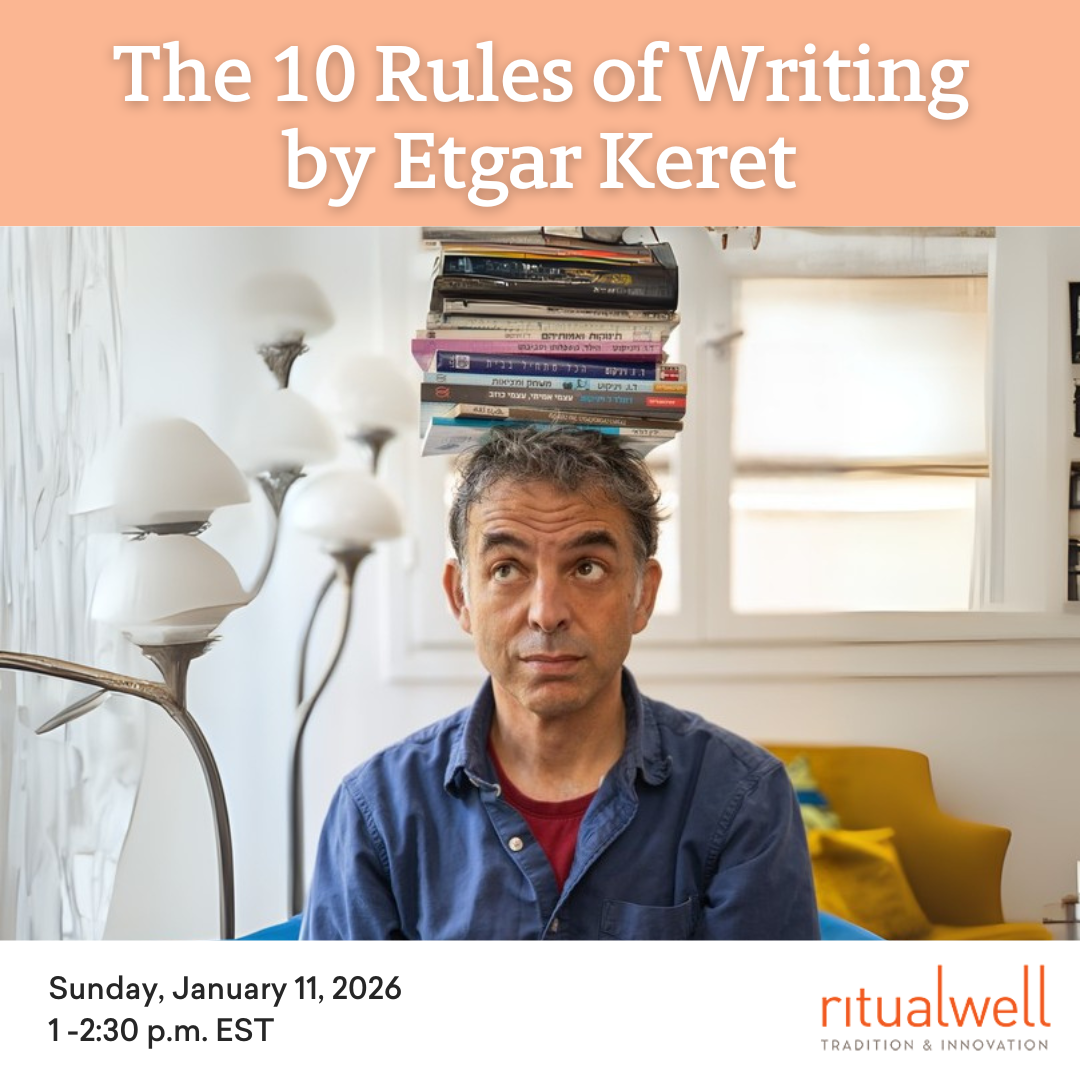I worked with a student named SD Klein–name used with enthusiastic permission–to craft a fitting ceremony that was both rooted in tradition, and a reflection of who they are. Every step required careful thought and deliberation. It is important to me to share the thinking behind the choices we made, so that future users of this ceremony can make equally thoughtful decisions about any changes or modifications.
The Name:
SD and I discussed a number of different options for the “ben”/”bat” part of their name. We considered “b’nai,” to fit SD’s use of they/them pronouns, but decided to use something that was not gendered at all, l’horei (loosely of the parents). Another very viable option would be “mi-beit”
Havdalah:
Of course, a Havdalah renaming ceremony has ready-made symbolism, and we decided to build the overall structure of the ceremony around this. We did Havdalah through the first three brakhot, and then paused to insert the renaming, then resumed Havdalah with the concluding, ha-mavdil brakhah. There are lots of ways one play around with the flow, and we decided to do it this way.
Intro to the renaming:
We wanted to avoid any language about entering the covenant, because that would imply having been outside of it. It was very important to frame it this way: SD has always been in the covenant, only the name by which they will be called is changing.
Jewish and nonbinary:
This is the only place where the word “nonbinary” appears in the ceremony. The other liturgy I looked at used it frequently and in (what I thought was) a very clunky way. In this singular use of the word, I tried to use it not only as smoothly as possible, but also in a way that did not make it the centerpiece of who they are in this context. Instead, the focus is on their place and name among the Jewish people.
Bound in covenant… free and true…:
SD is deeply committed to their Judaism–and is considering becoming a rabbi. This combination of ideas struck me as a poignant reflection of who they are.
Two Brakhot:
These two brakhot, which SD recited, were taken from the other liturgy I worked with and seem like appropriate elements in a formula of affirmation and renaming. The first one, with the traditional shem u’malkhut structure, resonates to SD’s sense of connection to traditional liturgy, while the second one uses Marcia Falk’s innovative restructuring that remains faithful to the traditional essence. And, of course, the two ideas, that G-d is the one who moves those who transition, and that they are made according to G-d’s will–both are beautifully fitting for the occasion.
Renaming:
The person who read this was concerned about using SD’s so-called “dead name.” Part of what I loved about SD’s approach to this whole thing was that it was not about rejecting who they had been but embracing who they are becoming. They wanted this in there. It strikes me as being a beautifully healthy approach. One does not have to despise what they have been, declaring it “dead” to them. This attitude informed the overall tone of the ceremony–a focus on becoming and wholeness, rather than discarding and denial.
Ikhud Partzufei Ha-enosh:
I have been struck lately by how much we use negation when defining of people. The other ceremony I was working from, with its clunky and repeated use of nonbinary, was no exception. I wanted to find a way to define SD in the affirmative. SD and I had talked about the idea of Adam Hakadmon being du-partzufim, created with two sides that were then split into male and female. I wanted to find a way to take this image and express it in terms of wholeness. I played around with some phrases, and, with the help of my colleague, Ira Kirschner, arrived at this phrase. SD loved it. Note: Although “enosh” is often translated as “man/mankind,” linguistically it is more expressive of the idea of “human.”
May their people rejoice:
This is the language I use for naming adult ceremonies, for someone who has always been Jewish but did not have a Hebrew name. To avoid dealing with gender forms, we simply removed the possessive suffixes.
They continue to stand in the covenant:
In the traditional naming liturgy, this part talks about entering the covenant. It seemed like the perfect place to declare that SD has always been in the covenant.
Ken Yikansu:
This was one of the few places we could not easily get around a gendered form.
Mi She-berakh:
I began this part working from the traditional naming/brit mila mi she-berakh liturgy. Mi she-bara seemed like the perfect way to adapt it, emphasizing that SD is made in G-d’s image and likeness and according to G-d’s will.
Name instead of pronoun:
I tried to avoid any gendered language by simply using SD’s name, or removing possessive’s, and in the few placed I could not avoid it, used masculine plural as being closest to they/them (and based on conversations with SD). SD and I looked at using the forms from the Nonbinary Hebrew Project, but SD grew up involved in their Conservative synagogue, and USY and Ramah. For them, the sound of Hebrew, as they have known it, is powerfully resonant, and the NHP forms are not.
May you be like Adam and whole:
The ceremony I was working from had this as k’Adam, Sarai, v’Yoseph. SD and I both got the Adam part–like a new person in a new world–but could not make sense of why Sarai (at all, and then, why Sarai as opposed to Sarah) or Yoseph. The fact that SD’s parents,especially their dad, were going to do this was a big deal. So I asked myself, in that moment, when they are saying to SD, “May you be…,” what would be meaningful for them to say. I suggested k’Adam ve-shalem–like Adam and whole–again bringing in that theme of wholeness. SD loved it, and we went with it.
Priestly Blessing:
We stuck with the biblical form for the Priestly Blessing, again because of its resonance for SD (personally, my wife and I bless our daughters with it in feminine form, but I totally related to SD sticking with the Torah version.)













